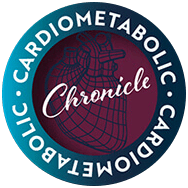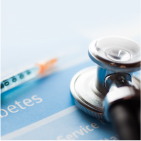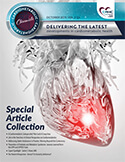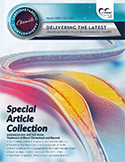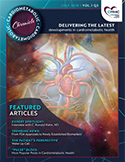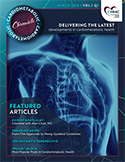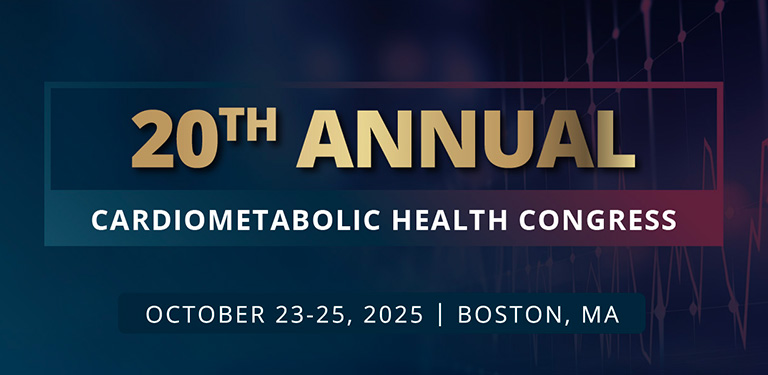A conversation with Salvatore Carbone, PhD, Assistant Professor at the Department of Kinesiology & Health Sciences, College of Humanities & Sciences at the Virginia Commonwealth University in Richmond, VA.
CARDIOMETABOLIC CHRONICLE: An interesting concept that has been proposed is the “obesity paradox,” a view that obesity confers some sort of protection for adverse CV events. Can you comment on what is the basis for this and whether it is a real phenomenon?


